Home>Renovation & DIY>Home Renovation Guides>How To Maintain A Crawl Space
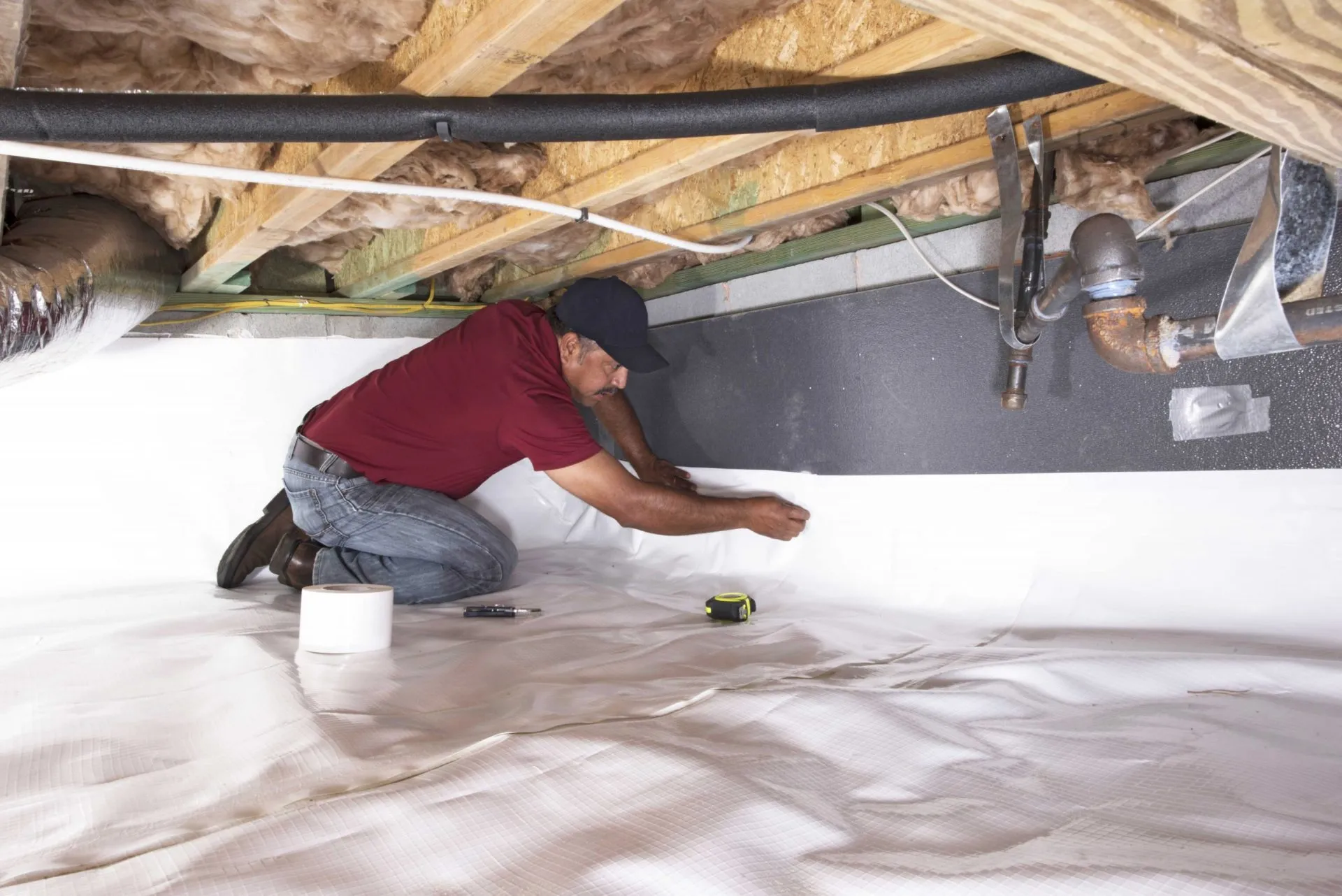

Home Renovation Guides
How To Maintain A Crawl Space
Modified: August 17, 2024
Learn how to maintain a crawl space with our comprehensive home renovation guide. Keep your home in top condition with expert tips and advice.
(Many of the links in this article redirect to a specific reviewed product. Your purchase of these products through affiliate links helps to generate commission for Storables.com, at no extra cost. Learn more)
Importance of Crawl Space Maintenance
Crawl spaces often lurk beneath our homes, hidden from plain sight, yet their condition can significantly impact the overall health and stability of the house. Proper maintenance of the crawl space is crucial for ensuring the structural integrity of the building and the well-being of its occupants. Here's why maintaining the crawl space is of utmost importance:
-
Preventing Moisture and Mold Issues: Crawl spaces are prone to moisture buildup, which can lead to mold and mildew growth. Excessive moisture not only damages the wooden structures and insulation but also creates an ideal environment for mold to thrive. This can compromise indoor air quality and pose health risks to the inhabitants.
-
Protecting Structural Integrity: Neglected crawl spaces can become a breeding ground for pests and insects, leading to wood decay and structural damage. Regular maintenance helps in identifying and addressing issues such as sagging floors, rotting wooden beams, and deteriorating insulation, thus preserving the structural integrity of the building.
-
Energy Efficiency: A well-maintained crawl space contributes to the overall energy efficiency of the home. Proper insulation and sealing prevent air leaks and heat loss, reducing the strain on heating and cooling systems and lowering energy bills.
-
Preventing Plumbing and Electrical Issues: Crawl spaces often house plumbing and electrical components. Regular maintenance helps in identifying and addressing potential leaks, pipe condensation, and electrical hazards, thereby preventing costly repairs and ensuring the safety of the home's infrastructure.
-
Preventing Pest Infestation: Unmaintained crawl spaces can become inviting shelters for rodents, termites, and other pests. By maintaining the crawl space, homeowners can prevent pest infestations and the subsequent damage they can cause to the property.
-
Preserving Property Value: A well-maintained crawl space is a crucial aspect of home maintenance. It not only ensures the longevity and durability of the property but also preserves its market value, making it more attractive to potential buyers in the future.
In essence, maintaining the crawl space is not just about the space itself; it's about safeguarding the entire home. By addressing moisture, structural, and insulation issues, homeowners can create a healthier, more energy-efficient, and structurally sound living environment for themselves and their families. Regular inspections and proactive maintenance are key to ensuring that the crawl space remains in optimal condition, contributing to the overall well-being of the home.
Key Takeaways:
- Maintain your crawl space to prevent mold, pests, and structural damage. Regular inspections and cleaning create a healthier, energy-efficient home for your family.
- Look out for musty odors, sagging floors, and increased energy bills as signs of crawl space problems. Proactive maintenance ensures a safe, structurally sound home.
Read more: How To Inspect A Crawl Space
Signs of Crawl Space Problems
Identifying potential issues in the crawl space is crucial for maintaining a healthy and structurally sound home. Here are some common signs that indicate crawl space problems:
-
Musty Odors: Unpleasant, musty odors emanating from the crawl space can be an indication of mold and mildew growth. These odors can permeate the living spaces, signaling a moisture-related issue in the crawl space.
-
Visible Mold and Mildew: The presence of mold or mildew on the walls, floor joists, or insulation within the crawl space is a clear indicator of excessive moisture and poor ventilation.
-
High Humidity Levels: Excessively high humidity levels in the crawl space can lead to condensation on surfaces, causing moisture-related problems and potentially damaging the structural integrity of the building.
-
Sagging Floors: If the floors above the crawl space appear uneven or sagging, it could be a sign of moisture-related damage to the wooden floor joists, indicating a potential structural issue.
-
Pest Infestation: Presence of pests such as rodents, termites, or ants in the crawl space can indicate unaddressed entry points and conducive conditions for infestation.
-
Standing Water: Accumulation of standing water or damp areas in the crawl space is a clear indication of water intrusion, which can lead to mold growth, wood rot, and structural damage.
-
Deteriorating Insulation: Insulation in the crawl space that appears damp, moldy, or deteriorating may indicate moisture-related issues that need to be addressed promptly.
-
Increased Energy Bills: A sudden spike in energy bills could be attributed to poor insulation and air leaks in the crawl space, leading to increased strain on heating and cooling systems.
-
Allergic Reactions: Occupants experiencing unexplained allergic reactions or respiratory issues may be reacting to poor indoor air quality caused by mold, mildew, or other contaminants originating from the crawl space.
-
Cracks in Walls or Foundation: Visible cracks in the interior walls or foundation of the home can be indicative of structural damage, potentially stemming from crawl space issues such as excessive moisture or compromised support beams.
By being vigilant for these signs, homeowners can proactively address crawl space problems, preventing further damage to the home and ensuring a healthier living environment for themselves and their families. Regular inspections and prompt action upon noticing these indicators can help mitigate potential issues and preserve the integrity of the home.
Cleaning and Dehumidifying the Crawl Space
Maintaining a clean and dry crawl space is essential for preserving the structural integrity of a home and ensuring a healthy living environment. Cleaning and dehumidifying the crawl space involves a series of crucial steps that help mitigate moisture-related issues and prevent the proliferation of mold and mildew.
The first step in cleaning the crawl space is to remove any debris, such as leaves, dirt, and other organic matter, that may have accumulated over time. This debris can retain moisture and contribute to the development of mold, making it imperative to clear the space thoroughly.
Once the debris is removed, the next step is to address any existing mold or mildew. This involves cleaning the surfaces within the crawl space using appropriate solutions to eliminate mold spores and prevent regrowth. It's essential to wear protective gear, including a mask and gloves, when dealing with mold to ensure personal safety.
After cleaning, dehumidifying the crawl space is paramount in controlling moisture levels. Installing a high-quality dehumidifier can effectively reduce humidity, preventing condensation and inhibiting mold growth. Additionally, proper ventilation is crucial for promoting air circulation and expelling excess moisture from the crawl space.
In some cases, it may be necessary to encapsulate the crawl space to create a moisture barrier. This involves sealing the crawl space with a durable moisture barrier material, such as heavy-duty polyethylene, to prevent moisture from seeping through the ground and walls. Encapsulation also helps in maintaining a consistent temperature within the crawl space, further inhibiting moisture-related issues.
Furthermore, ensuring that the crawl space has adequate drainage systems in place is essential for preventing water accumulation. Installing a sump pump and ensuring proper grading around the perimeter of the home can effectively divert water away from the crawl space, reducing the risk of moisture infiltration.
Regular maintenance and monitoring of the crawl space are crucial for sustaining a clean and dry environment. Periodic inspections allow homeowners to identify and address any potential issues promptly, ensuring that the crawl space remains free from moisture and mold.
By diligently cleaning and dehumidifying the crawl space, homeowners can mitigate the risk of structural damage, safeguard indoor air quality, and create a healthier living environment. These proactive measures not only contribute to the longevity of the home but also promote the well-being of its occupants.
Regularly inspect your crawl space for any signs of moisture, mold, or pests. Keep the area well-ventilated and use a vapor barrier to prevent moisture buildup. Consider installing a dehumidifier if needed.
Insulating the Crawl Space
Insulating the crawl space is a fundamental aspect of maintaining a comfortable and energy-efficient home. Proper insulation not only helps in regulating indoor temperatures but also plays a crucial role in preventing moisture-related issues and preserving the structural integrity of the building.
The first step in insulating the crawl space is to assess the existing conditions and identify any potential areas of heat loss or moisture intrusion. This involves inspecting the walls, floor joists, and any existing insulation for signs of damage or inadequate coverage. Addressing any existing issues before proceeding with insulation is essential for ensuring optimal results.
One of the most common methods of insulating a crawl space is by installing insulation batts or rolls between the floor joists. This helps in creating a thermal barrier, preventing heat transfer between the crawl space and the living areas above. It's important to choose insulation materials with a high R-value to effectively resist heat flow and enhance energy efficiency.
In addition to insulating the floor above the crawl space, it's also beneficial to insulate the crawl space walls. This can be achieved by installing rigid foam insulation boards against the interior walls, creating a continuous thermal barrier. Properly insulating the walls helps in maintaining consistent temperatures within the crawl space and reducing the risk of moisture condensation.
Furthermore, sealing any air leaks and gaps within the crawl space is essential for maximizing the effectiveness of insulation. This involves using caulk or spray foam to seal gaps around pipes, vents, and electrical penetrations, as well as ensuring that the crawl space access door is properly insulated and sealed.
For crawl spaces with a dirt floor, installing a vapor barrier over the ground is crucial for preventing moisture from seeping into the space. A high-quality vapor barrier, such as heavy-duty polyethylene, helps in blocking ground moisture and reducing the risk of mold growth and wood decay.
Proper insulation and moisture control in the crawl space contribute to improved energy efficiency, reduced heating and cooling costs, and a more comfortable indoor environment. By insulating the crawl space effectively, homeowners can create a well-protected and energy-efficient living space while mitigating the risk of moisture-related issues and structural damage.
Regular inspections and maintenance of the crawl space insulation are essential for ensuring its long-term effectiveness. Periodic checks allow homeowners to identify and address any potential issues promptly, ensuring that the insulation continues to perform optimally and contribute to the overall comfort and efficiency of the home.
Sealing and Waterproofing the Crawl Space
Sealing and waterproofing the crawl space is a critical step in maintaining a dry, healthy, and structurally sound home. By effectively sealing and waterproofing the crawl space, homeowners can prevent moisture intrusion, inhibit mold growth, and safeguard the integrity of the building's foundation and structural components.
The first step in sealing and waterproofing the crawl space involves addressing any existing sources of moisture infiltration. This includes inspecting the perimeter walls and foundation for cracks, gaps, and openings that may allow water to seep into the space. Sealing these entry points using high-quality sealants and waterproofing materials is essential for preventing water intrusion and maintaining a dry environment within the crawl space.
Installing a reliable vapor barrier on the crawl space floor is paramount for preventing ground moisture from permeating the space. A durable vapor barrier acts as a moisture barrier, effectively blocking water vapor and preventing it from rising into the crawl space. This not only helps in controlling humidity levels but also inhibits the development of mold and mildew, preserving the air quality within the home.
In addition to sealing the floor and foundation, it's crucial to address any potential sources of water accumulation within the crawl space. Installing a perimeter drainage system, such as a French drain, can effectively divert water away from the foundation, preventing pooling and potential water damage. Ensuring proper grading around the home further aids in directing surface water away from the crawl space, reducing the risk of moisture infiltration.
Properly sealing and insulating the crawl space vents is also essential for preventing excess moisture and outdoor air from entering the space. Sealing the vents with durable vent covers or encapsulating the crawl space effectively prevents humid outdoor air from compromising the crawl space environment, contributing to better moisture control and improved air quality.
Moreover, ensuring that the crawl space access door is properly sealed and insulated is crucial for maintaining the integrity of the waterproofing measures. A well-sealed access door prevents air and moisture from entering the crawl space, contributing to the overall effectiveness of the waterproofing efforts.
By diligently sealing and waterproofing the crawl space, homeowners can effectively mitigate the risk of moisture-related issues, preserve the structural integrity of the home, and create a healthier living environment. Regular inspections and maintenance of the waterproofing measures are essential for ensuring their long-term effectiveness and contributing to the overall well-being of the home and its occupants.
Read more: What Is A Crawl Space?
Monitoring and Regular Inspections
Monitoring and conducting regular inspections of the crawl space are essential practices for maintaining a healthy and structurally sound home. By consistently monitoring the crawl space and performing thorough inspections, homeowners can proactively identify and address potential issues, ensuring the long-term integrity of the property.
Regular monitoring involves keeping a close eye on the moisture levels within the crawl space. This can be achieved through the use of hygrometers or moisture meters, which provide accurate readings of the humidity levels. By monitoring moisture levels, homeowners can promptly detect any fluctuations and take necessary measures to address excessive humidity, preventing mold growth and structural damage.
In addition to monitoring moisture levels, it's crucial to inspect the crawl space for any signs of water intrusion, such as standing water, damp areas, or condensation. These visual indicators can signal potential issues that require immediate attention, such as inadequate drainage or compromised waterproofing measures.
Furthermore, regular inspections should encompass a comprehensive assessment of the crawl space's structural components, including floor joists, support beams, and insulation. Inspecting for signs of wood decay, pest infestation, or insulation deterioration is crucial for identifying and addressing potential threats to the structural integrity of the home.
Inspecting the crawl space for any plumbing leaks, damaged electrical components, or HVAC system issues is also essential for preventing potential hazards and costly repairs. Identifying and addressing these issues promptly can help in preserving the functionality and safety of the home's infrastructure.
Moreover, monitoring the crawl space for any signs of pest activity, such as rodent droppings or termite tunnels, is crucial for preventing infestations and protecting the structural integrity of the property. Promptly addressing pest-related issues can mitigate potential damage and ensure a pest-free environment.
Regular inspections and monitoring of the crawl space enable homeowners to stay ahead of potential problems, preserving the overall health and longevity of the home. By remaining vigilant and proactive in monitoring and inspecting the crawl space, homeowners can address issues promptly, prevent costly repairs, and maintain a safe and healthy living environment for themselves and their families.
Frequently Asked Questions about How To Maintain A Crawl Space
Was this page helpful?
At Storables.com, we guarantee accurate and reliable information. Our content, validated by Expert Board Contributors, is crafted following stringent Editorial Policies. We're committed to providing you with well-researched, expert-backed insights for all your informational needs.
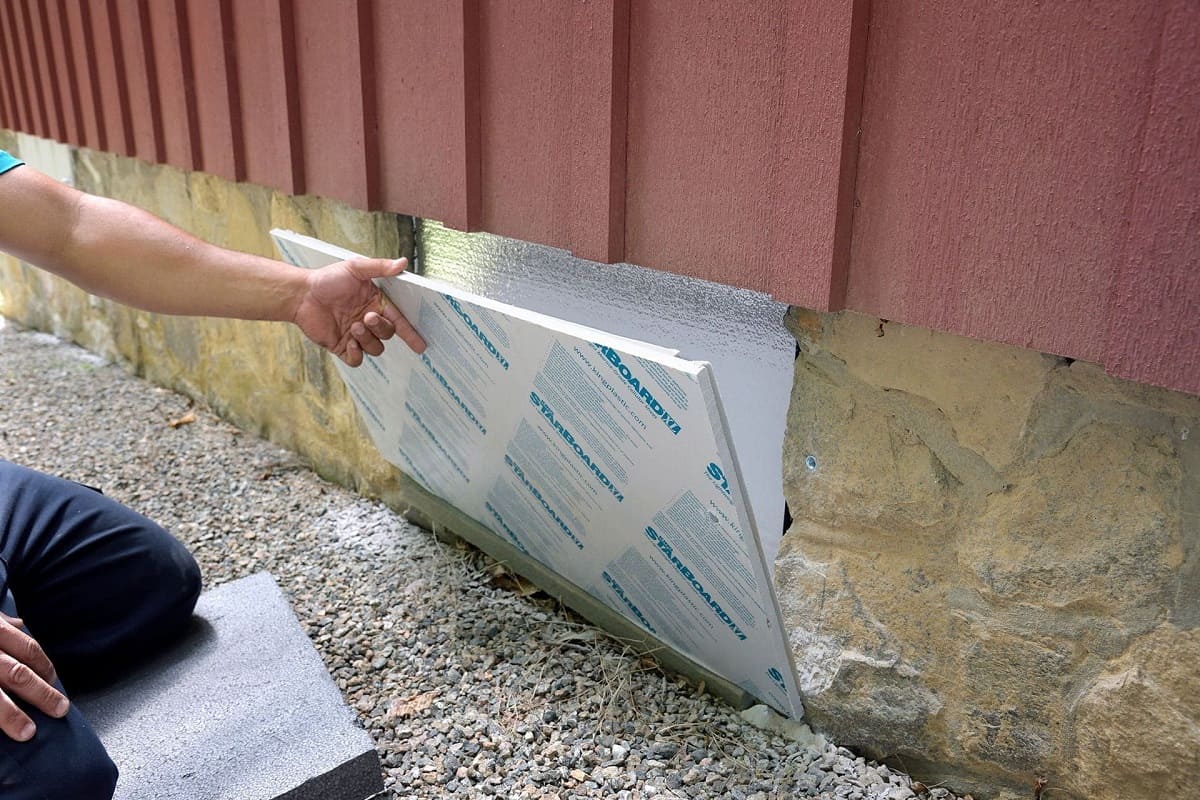
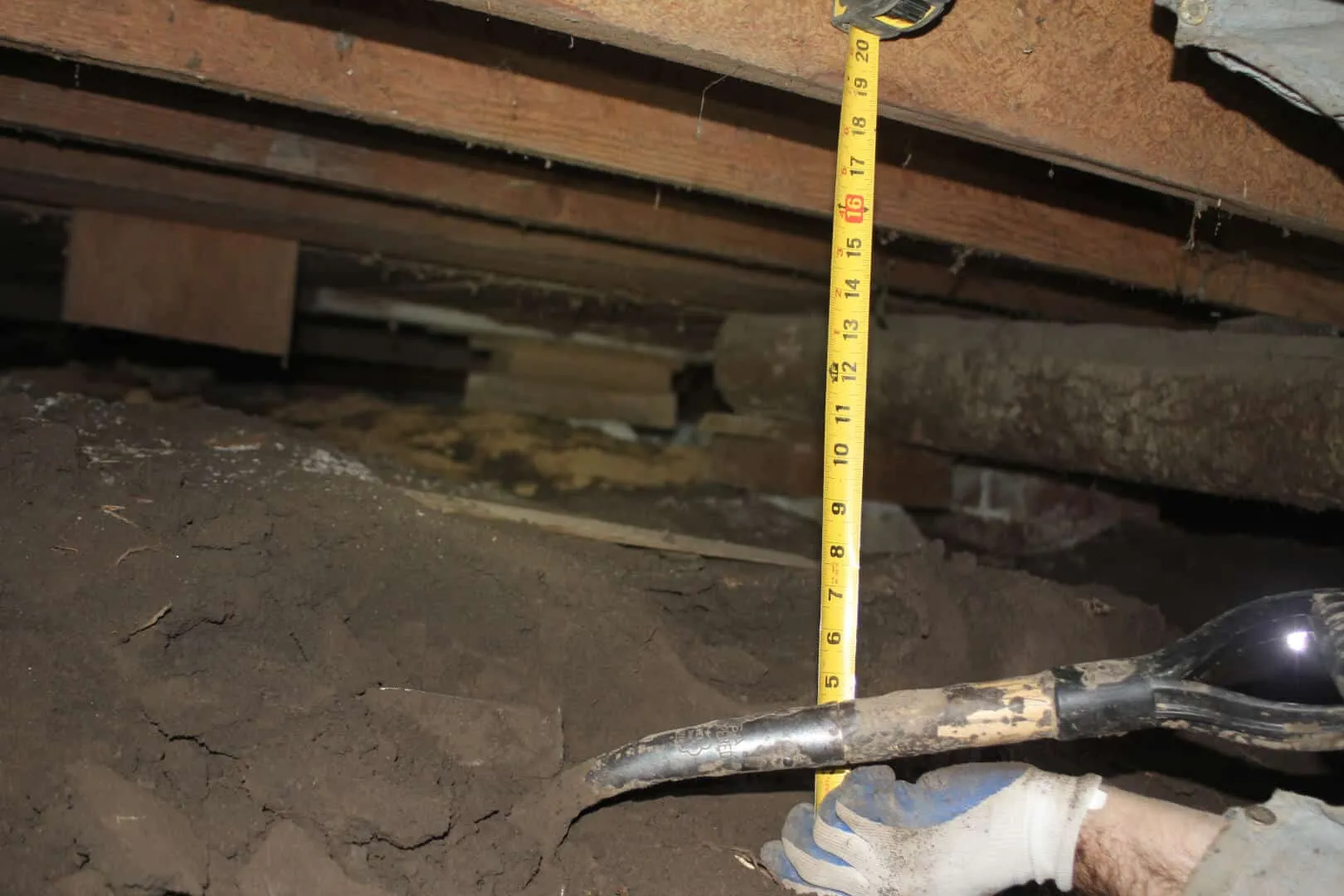
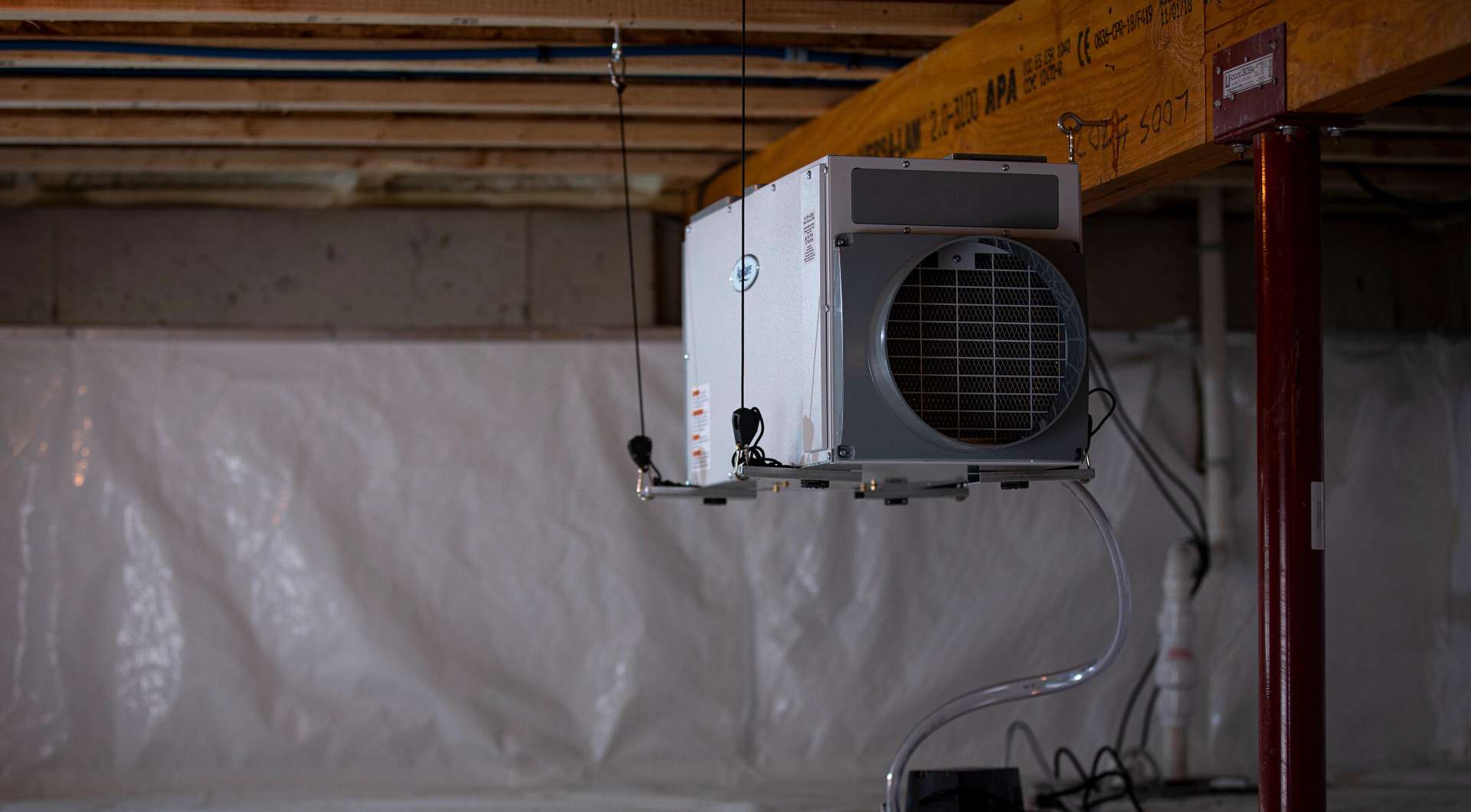
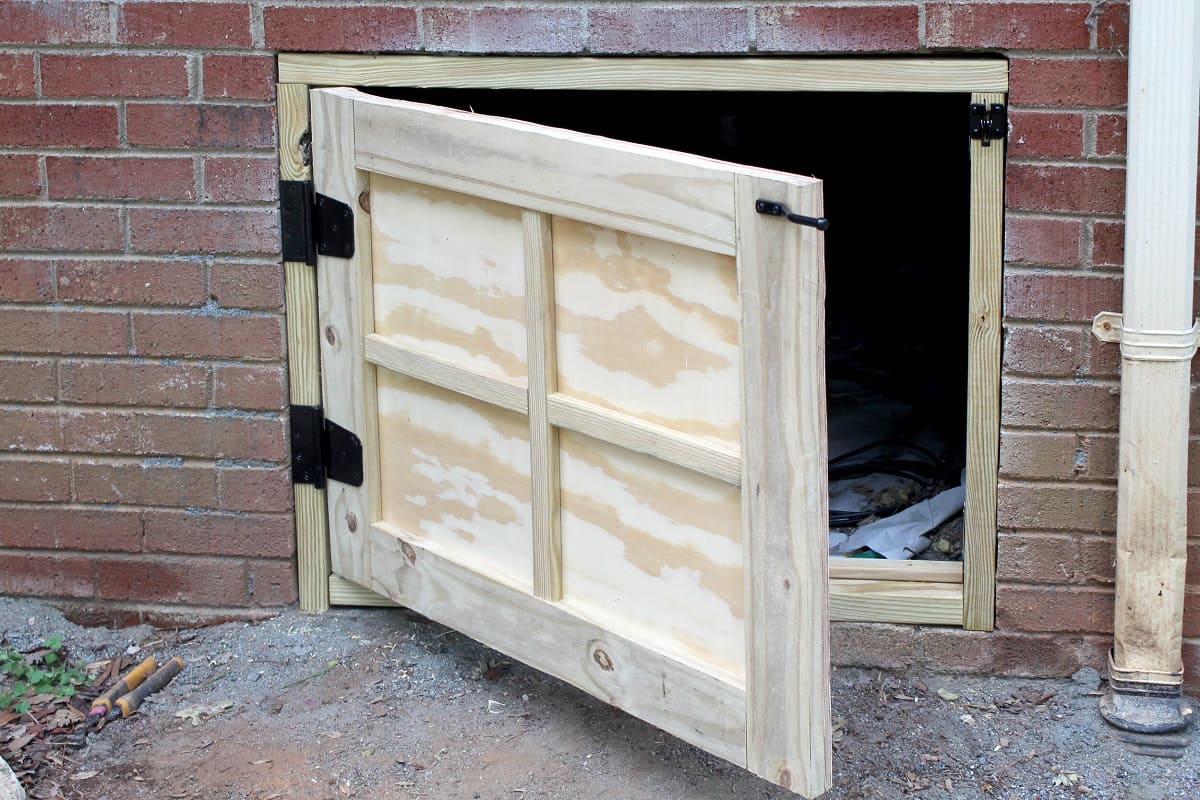
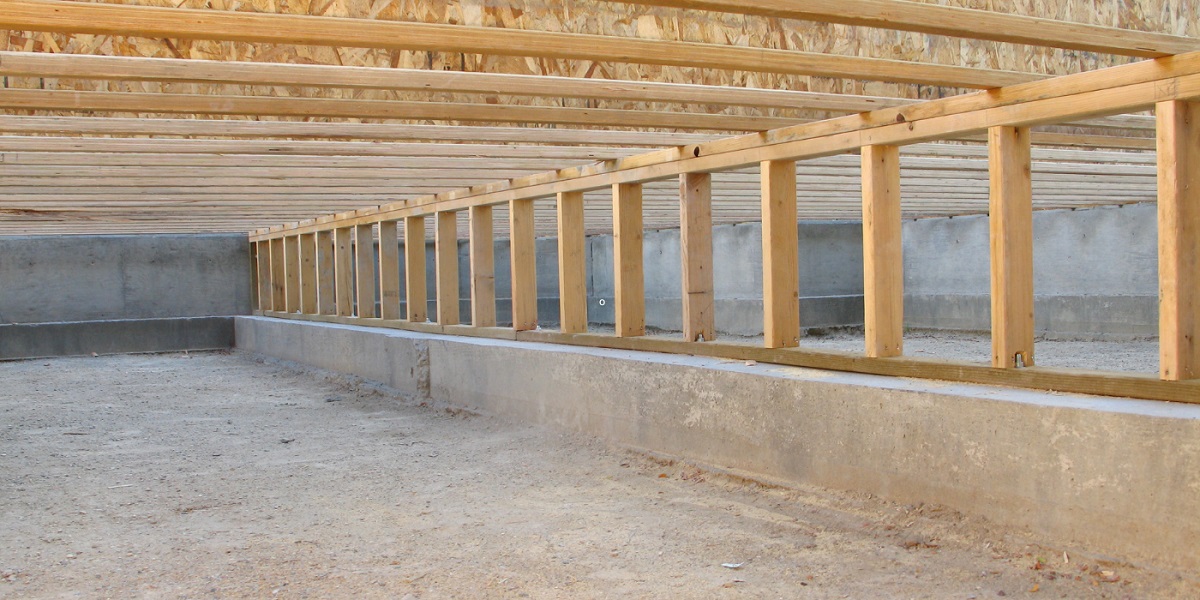
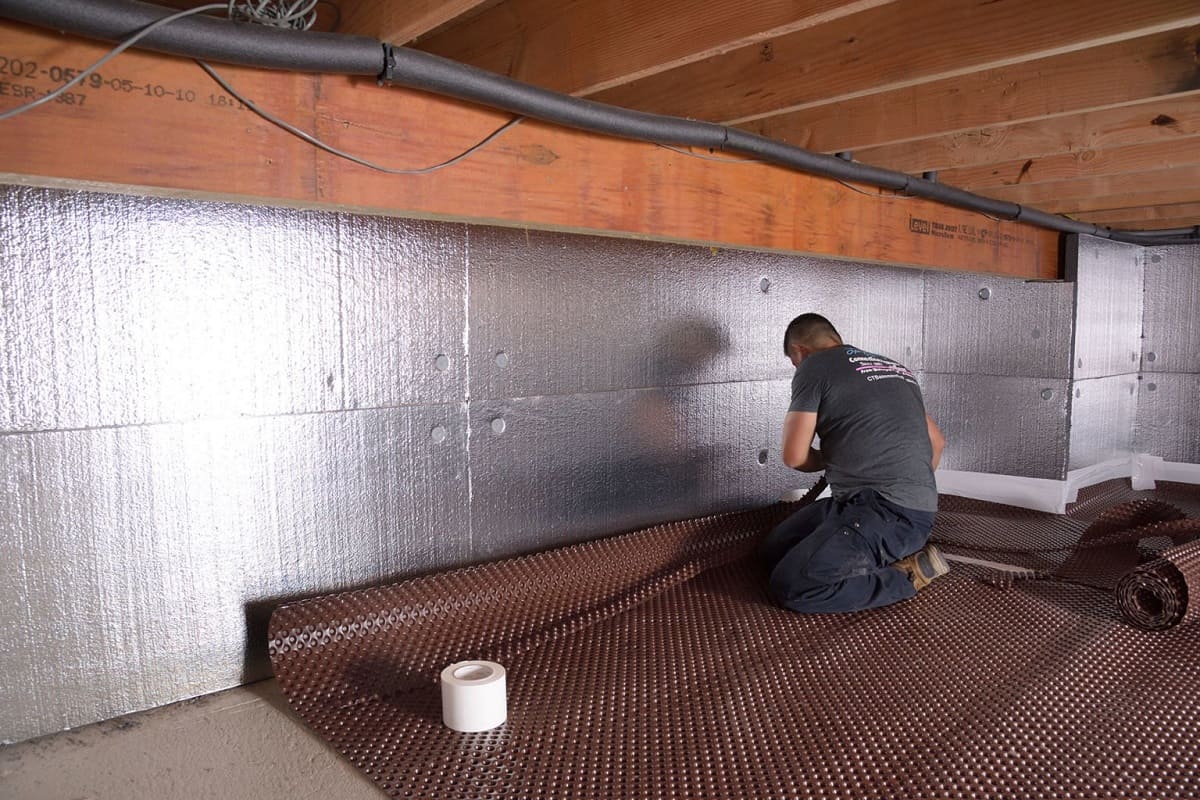
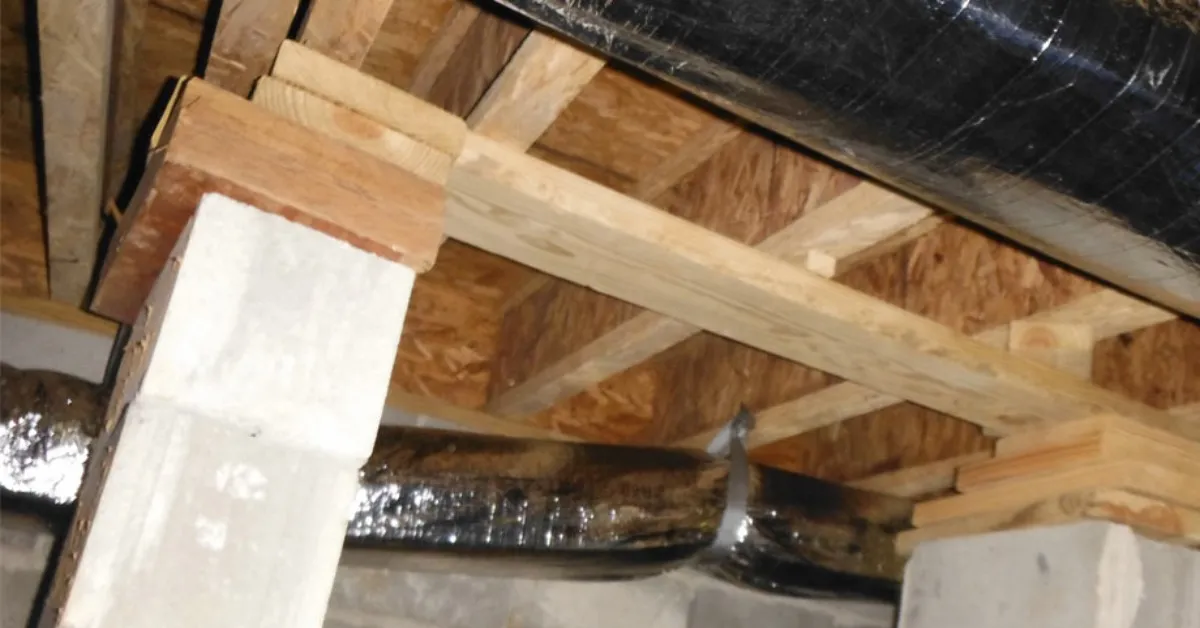
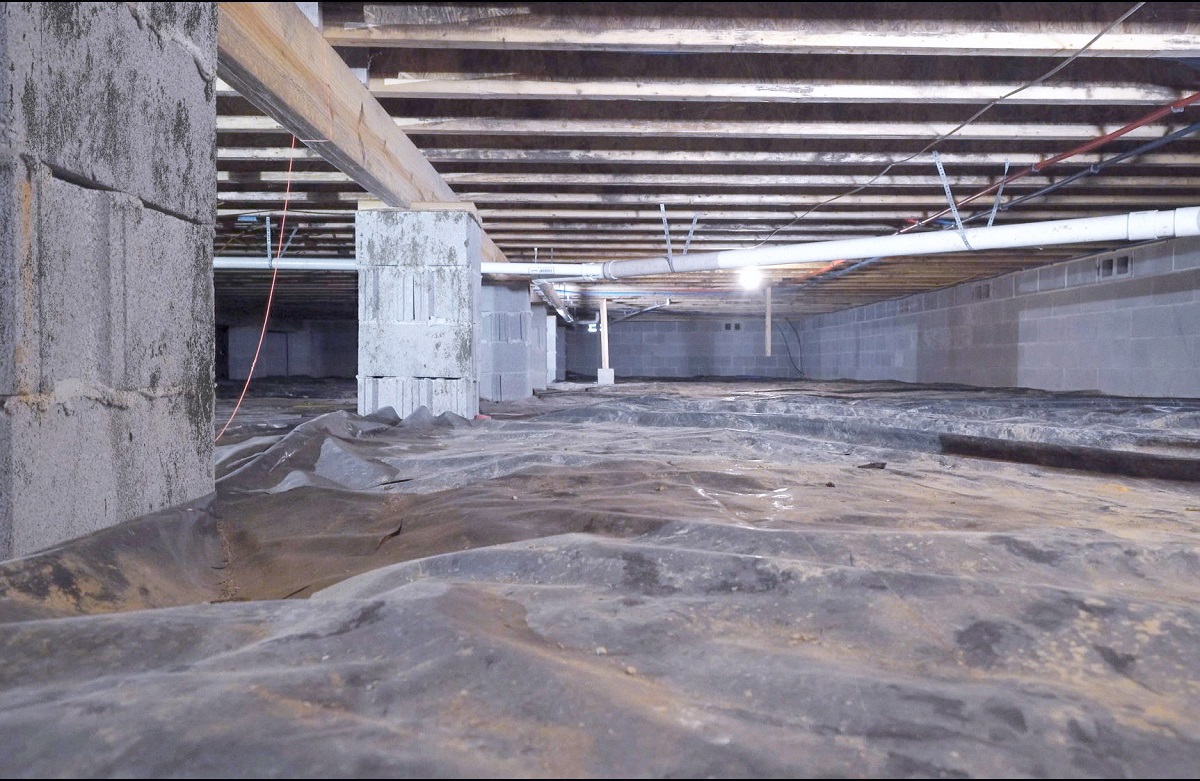
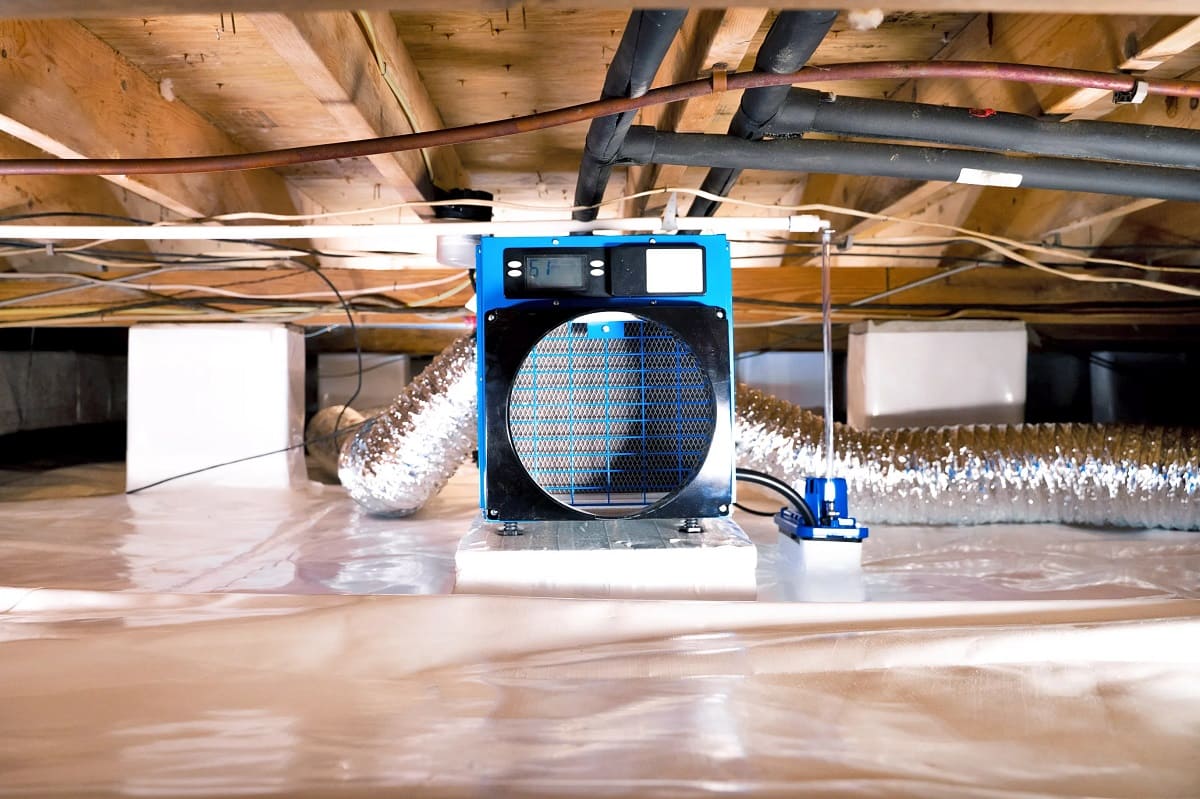
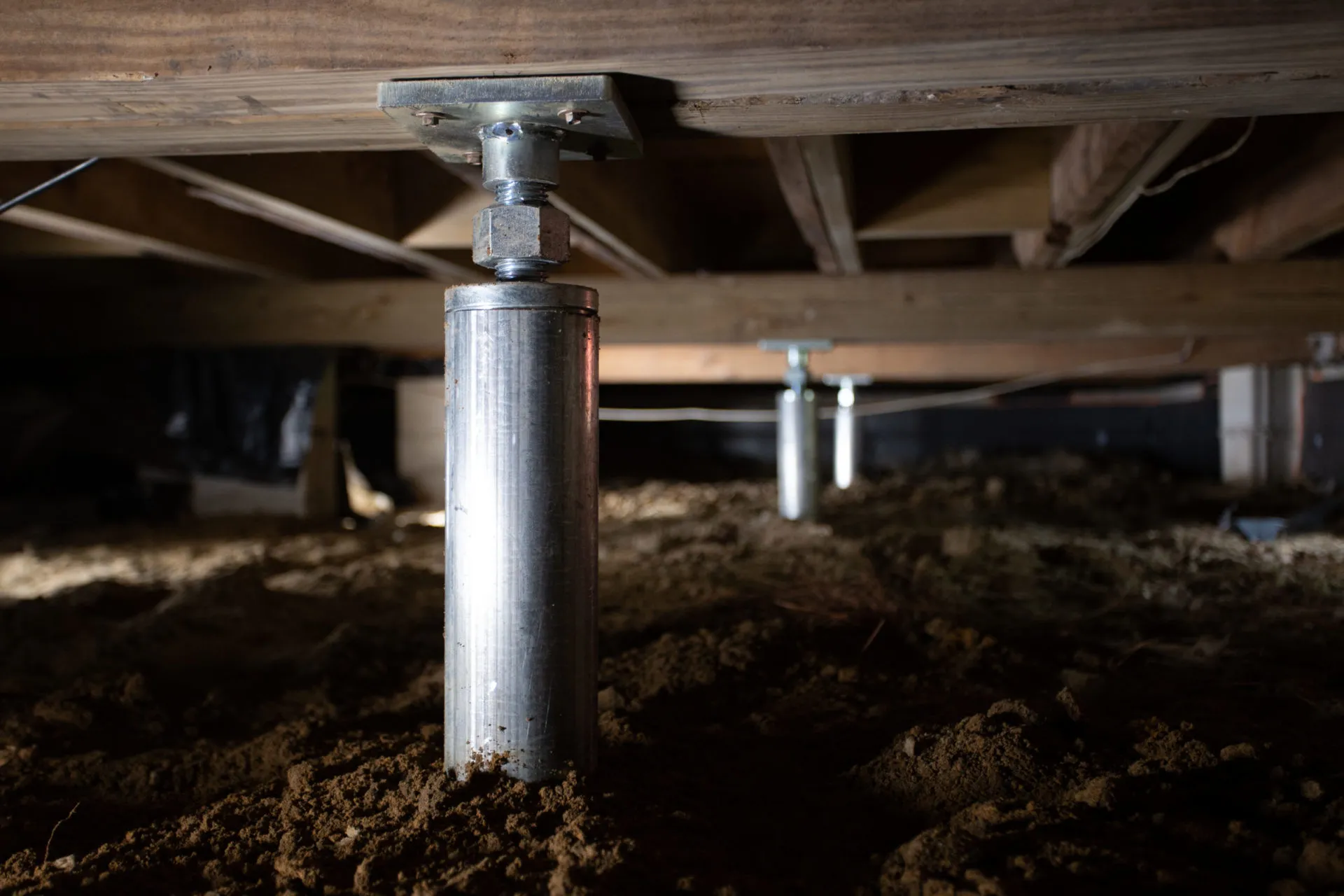
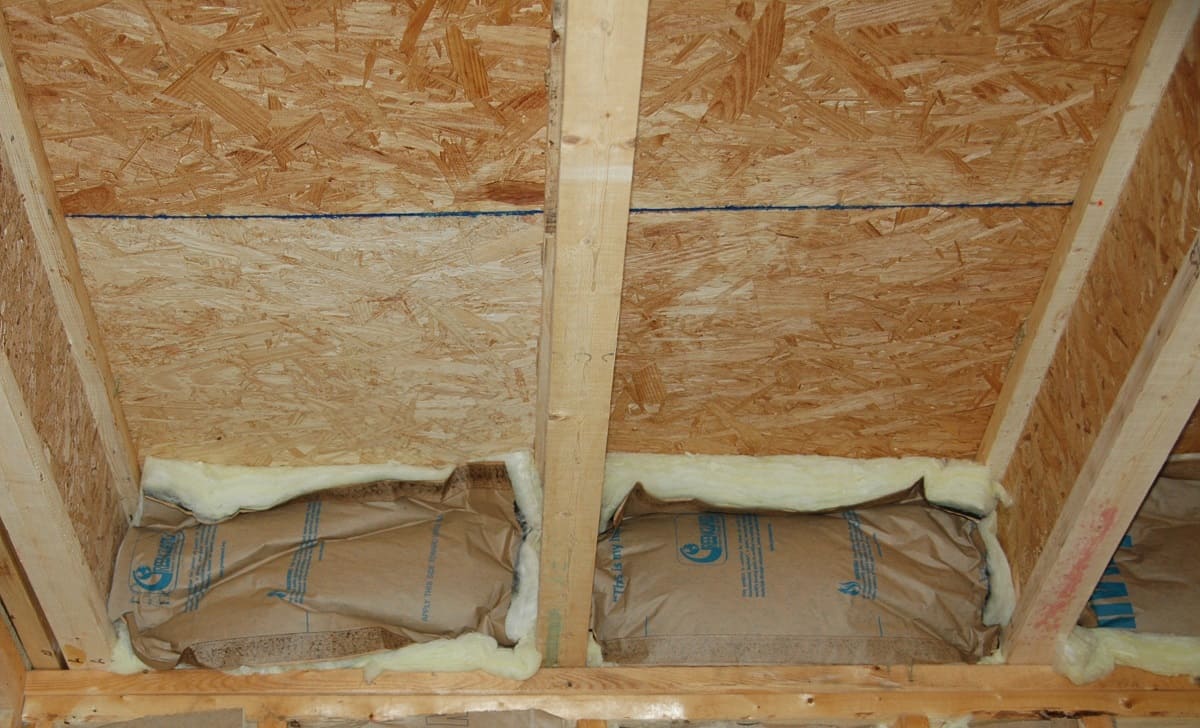
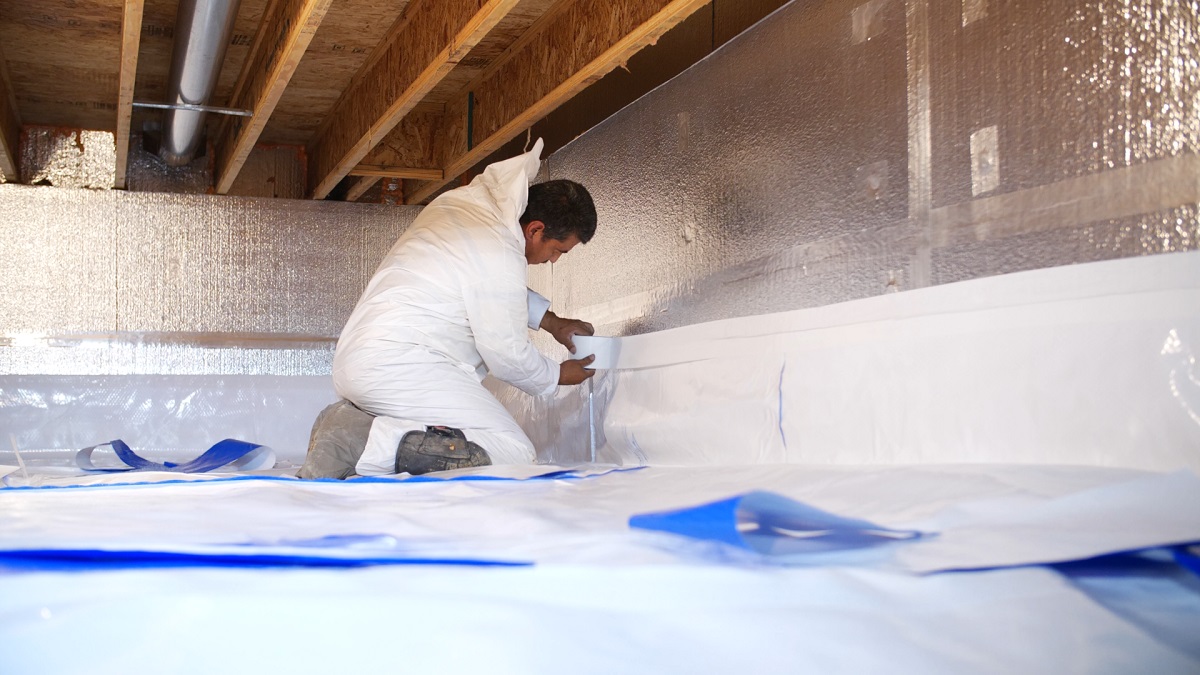
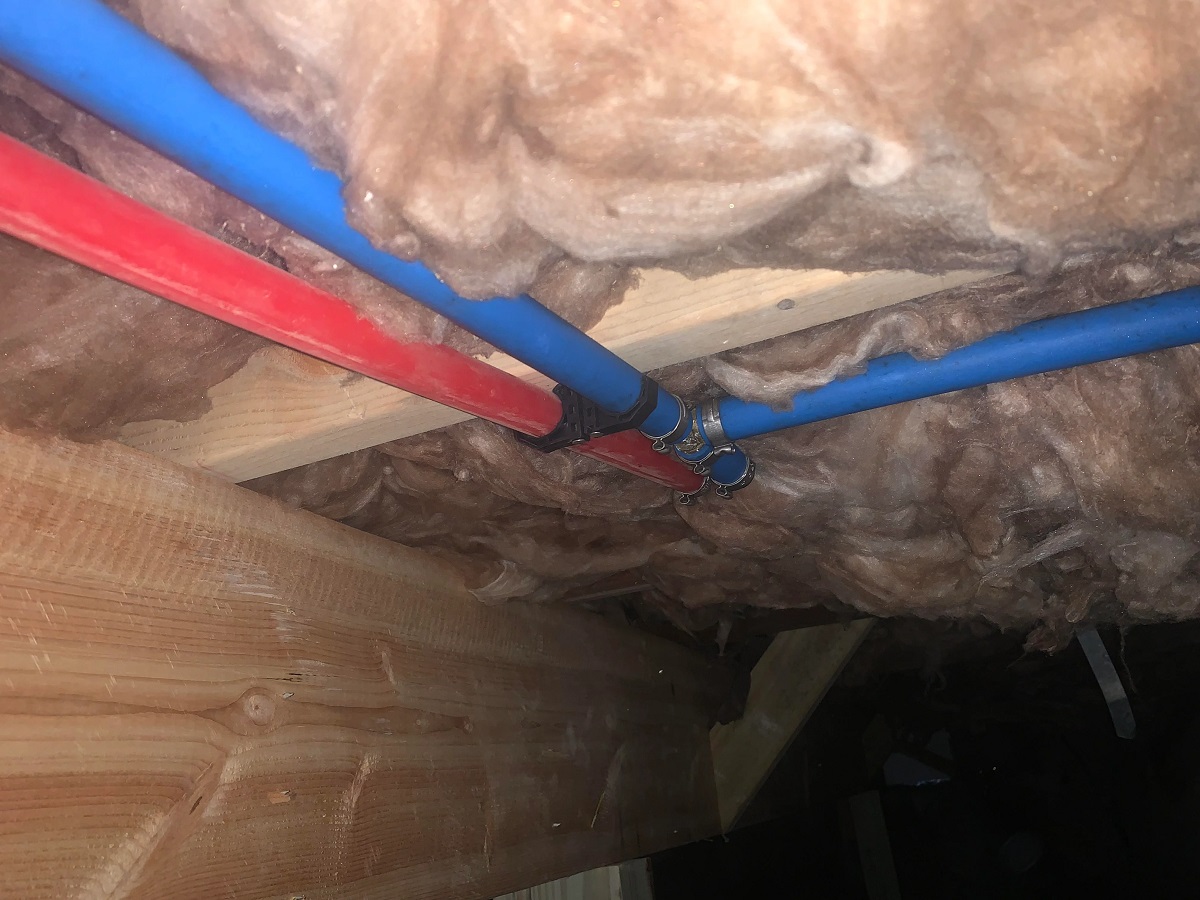
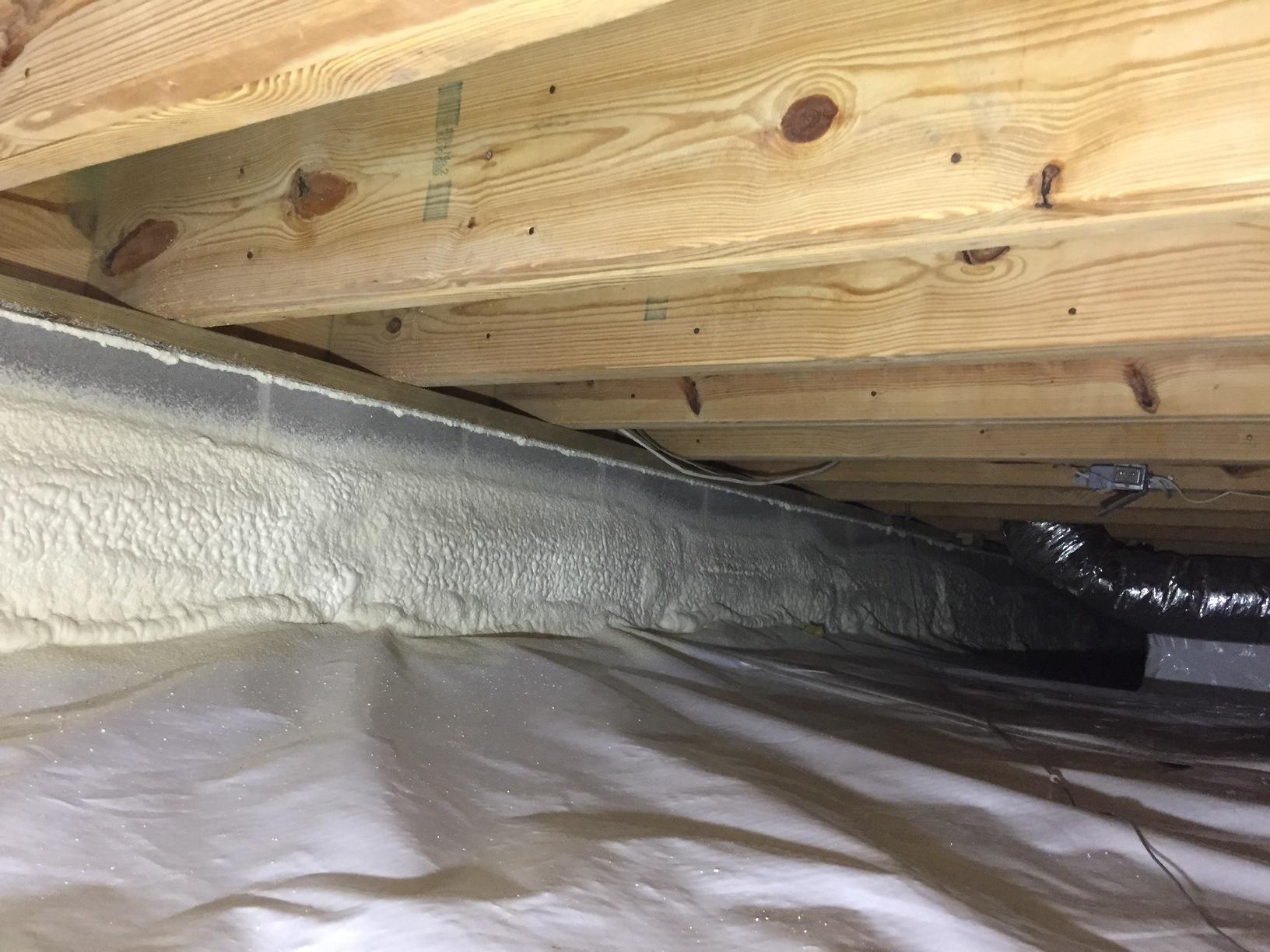

0 thoughts on “How To Maintain A Crawl Space”